Amazing treasures discovered in backyards and gardens
The most impressive garden finds ever
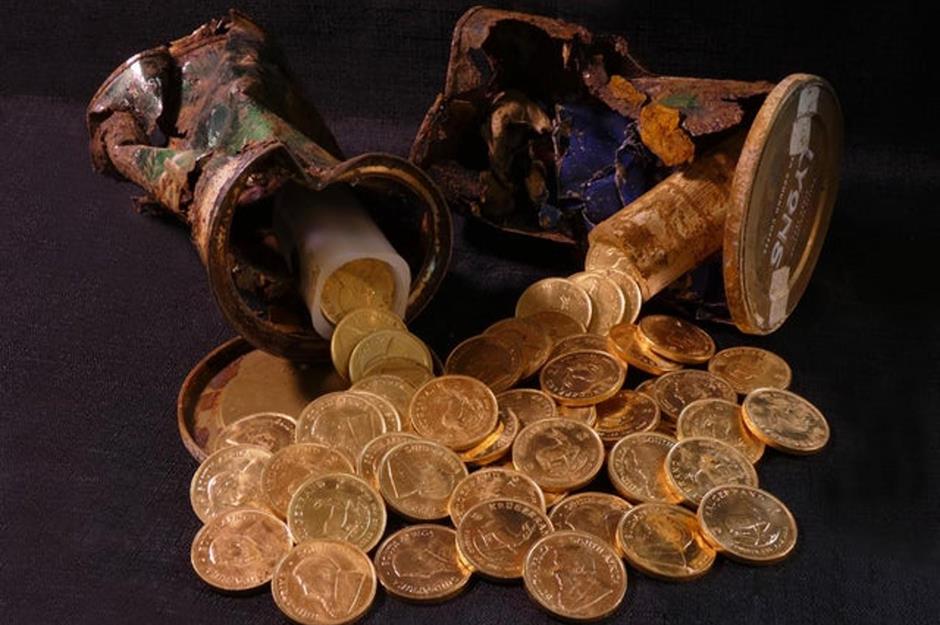
You'd be astonished by what's turned up in people's gardens, so much so that you may want to grab a shovel and start digging in yours once you've seen these beauties. From hoards of gold coins to exquisite antiquities, read on as we reveal some of the most incredible backyard discoveries of recent times.
All dollar amounts in US dollars and currency conversions correct for the time of sale.
The Hackney Hoard
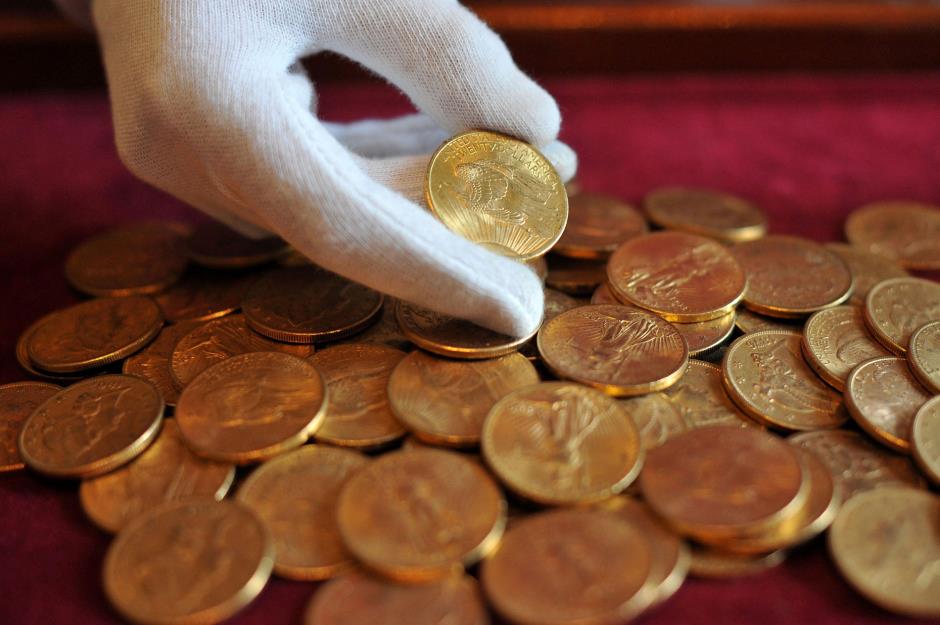
In 2007, a jam jar filled with 80 US Double-Eagle gold coins was discovered buried in a back garden in Hackney, London. At first, the finders were baffled as to how the American coins had ended up in the fairly ordinary inner city garden on the other side of the Atlantic.
The Hackney Hoard
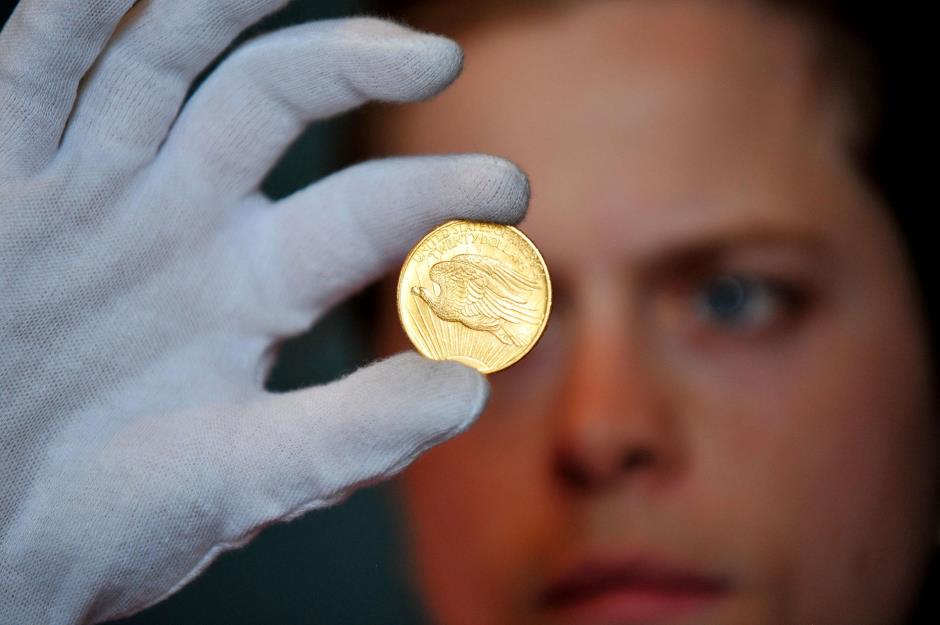
The find was donated to the Museum of London, which deduced that the coins belonged to German-Jewish refugee Martin Sulzbacher. Fearing a Nazi invasion, his brother buried the coins in his back garden in 1940 and told only his direct family members where they were located.
The Hackney Hoard

Tragically, Sulzbacher's brother and four family members were killed not long after during a bombing raid, and the exact whereabouts of the stash died with them. Fortunately, the museum was able to trace the rightful owner's descendants and didn't waste any time in handing over the find. The hoard was later sold at auction for £98,280 ($130.2k) in 2011.
A long-lost diamond ring

Canadian grandmother Mary Grams lost her diamond engagement ring while weeding in her backyard in Alberta one fateful day in 2004. Totally bereft, she never expected her beloved piece of jewellery to turn up, but held out some hope and didn't stop searching for it.
A long-lost diamond ring
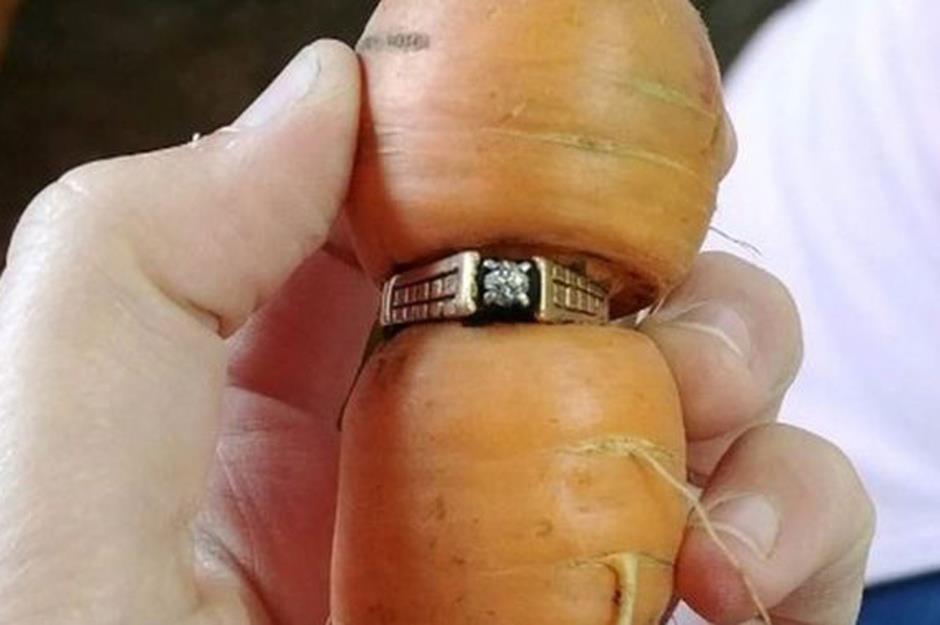
Against all the odds and after countless fruitless searches, Gram's daughter-in-law eventually unearthed the long-lost ring while harvesting vegetables in August 2017, bizarrely wrapped around a carrot.
A long-lost diamond ring
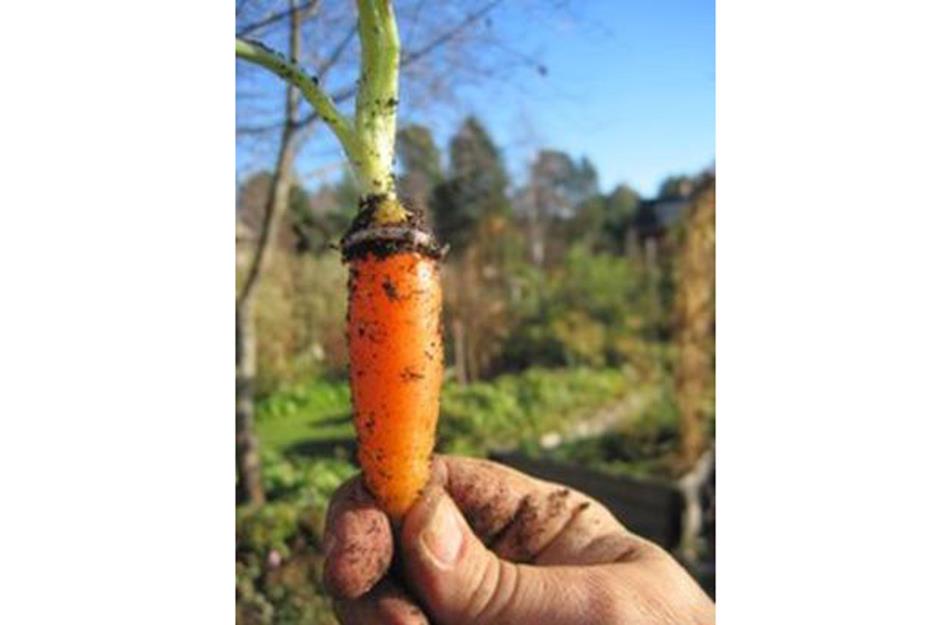
Grandma Grams' most precious piece of jewellery isn't the only ring that has been found wrapped around a carrot. In 2011, Lena Paahlsson chanced upon her long-lost gold wedding ring on a carrot growing in her garden near Mora in Sweden.
The Thornbury Hoard
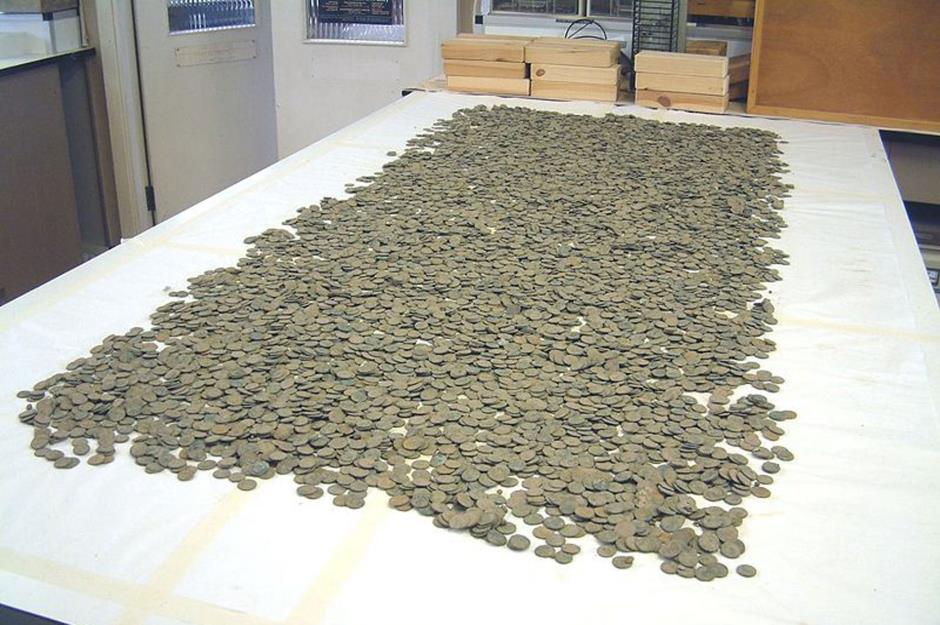
In March 2004, Ken Allen set about digging a pond in his garden in Thornbury, England. But instead of creating a water feature, he uncovered a jaw-dropping hoard of Roman coins.
The Thornbury Hoard
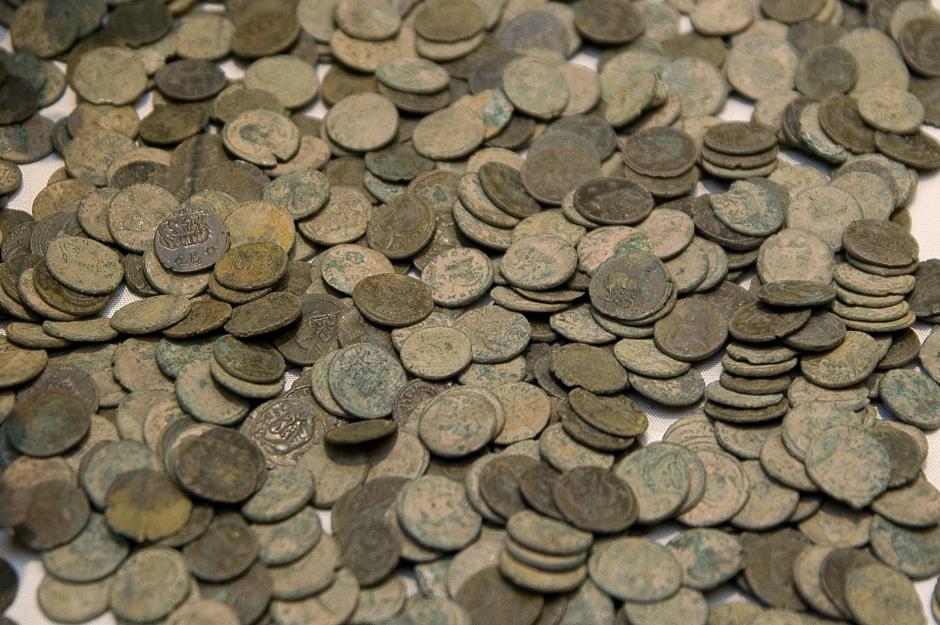
The bumper find consisted of 11,460 copper alloy coins, which experts dated to between 260 and 348 AD. Allen reported the find and the local coroner declared the hoard a treasure, valuing it at £40,000 ($53k).
The Thornbury Hoard

The historically important haul was snapped up by Bristol City Museum and Art Gallery with funding from the UK Heritage Lottery Fund. The Thornbury Hoard, as it's now known, is on display to the general public.
A new species of dinosaur
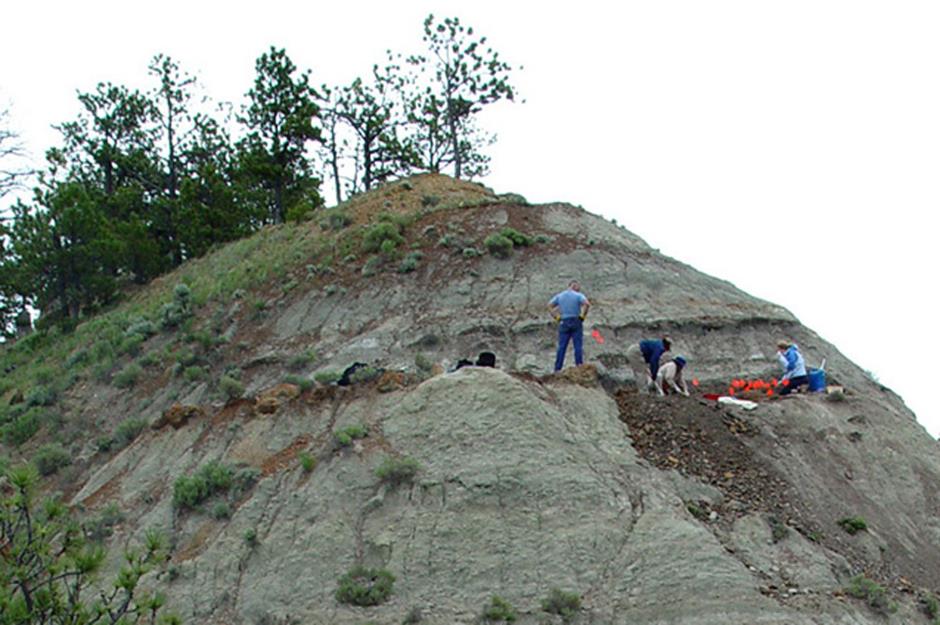
Believe it or not, plenty of dinosaur bones have been discovered in people's backyards, but nuclear physicist and amateur fossil hunter Bill Shipp went one better and discovered a new species.
A new species of dinosaur
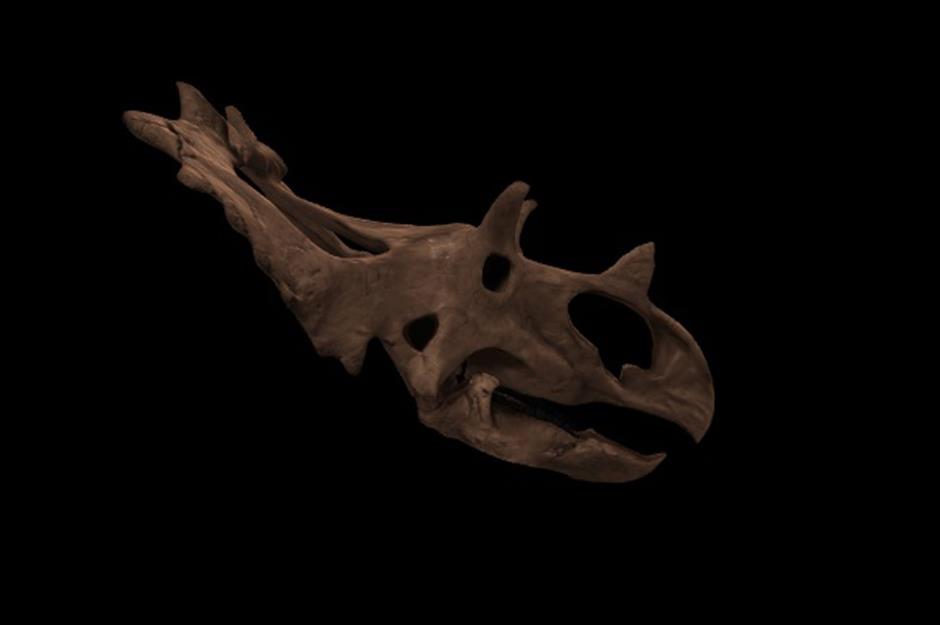
The dinosaur enthusiast unearthed the extra-special dinosaur bones on his ranch in Montana in 2005. The bones, which include a half-skull, backbone, hips, and legs, were packed off to the Canadian Museum of Nature for analysis not long after.
A new species of dinosaur

After 10 years of meticulous research, the museum determined that the bones belonged to a newly discovered species, Spiclypeus shipporum. The spiky-headed beast walked the Earth 80 million years ago and is closely related to the Triceratops.
Random antiques and antiquities
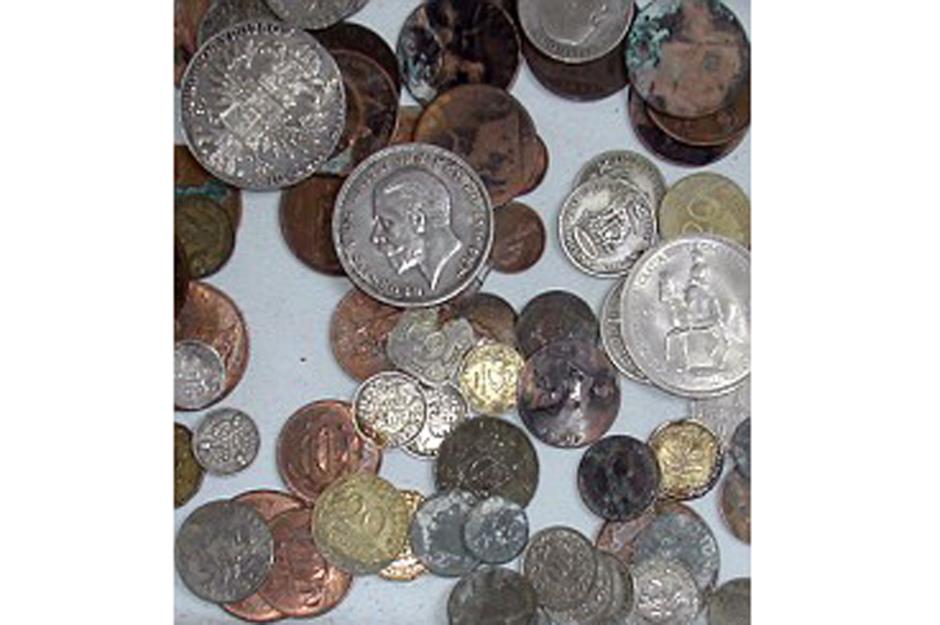
Chancing upon just one treasure in your garden is lucky enough, but Jan Long from Hertfordshire, England has dug up enough loot to fill an antiques shop. In fact, Long once claimed she unearthed something of value almost every time she did some gardening.
Random antiques and antiquities
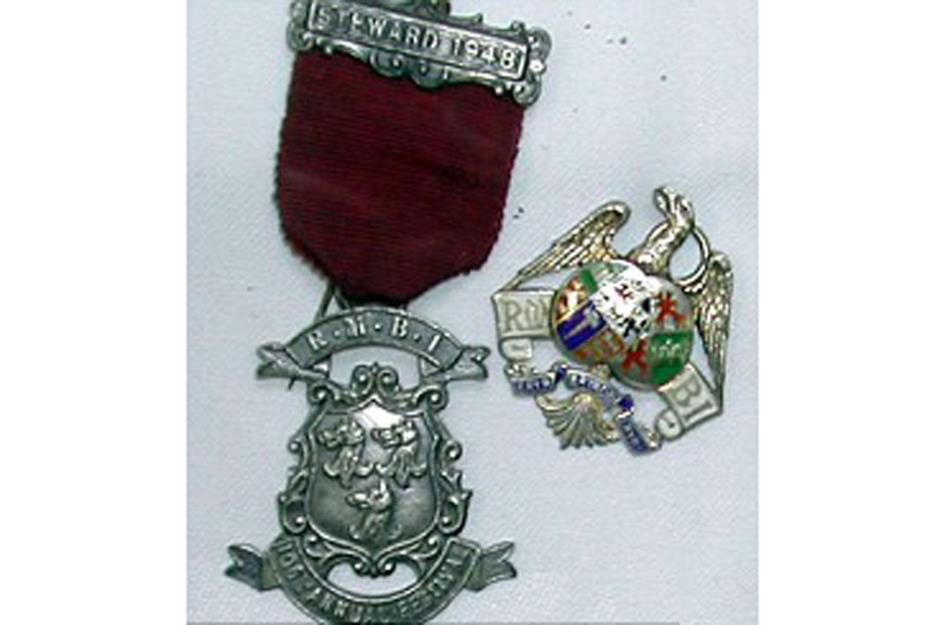
Long's first find was a collection of ornate Victorian bottles in 2004. Over the years, the retired company director uncovered a plethora of treasures in her Ledbury garden, which served to boost her bank balance.
Random antiques and antiquities

Long's many lucrative discoveries include a solid gold Victorian watch, a collection of rare Roman coins, an antique gold and diamond ring, a selection of ornate medals, and a carved ebony locket.
The Ackworth Hoard
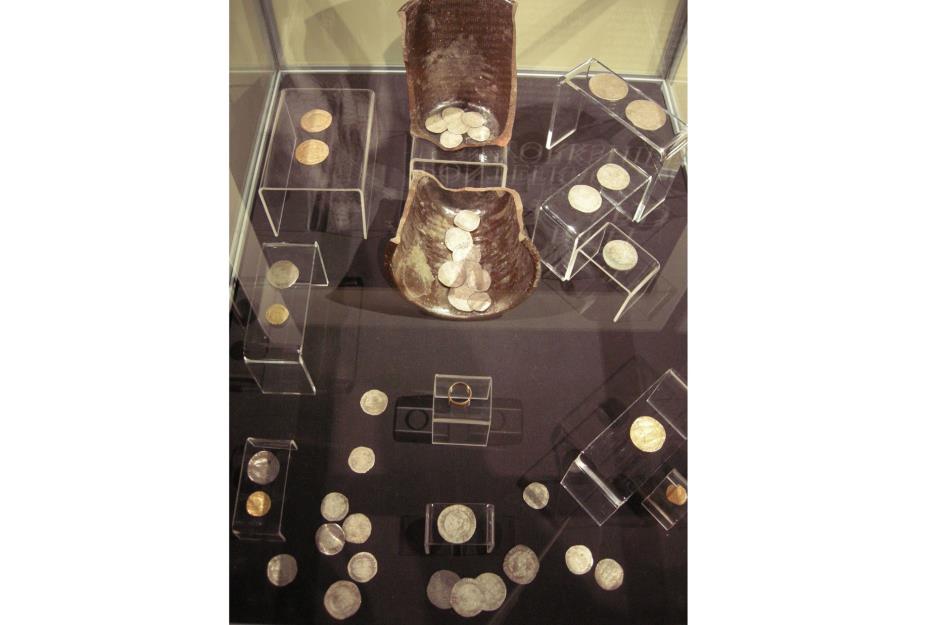
In March 2012, Dr Owen Johnson was inspecting a hole dug by a builder in his garden in Ackworth, England when his attention was drawn to a piece of pottery jutting out of the earth.
The Ackworth Hoard
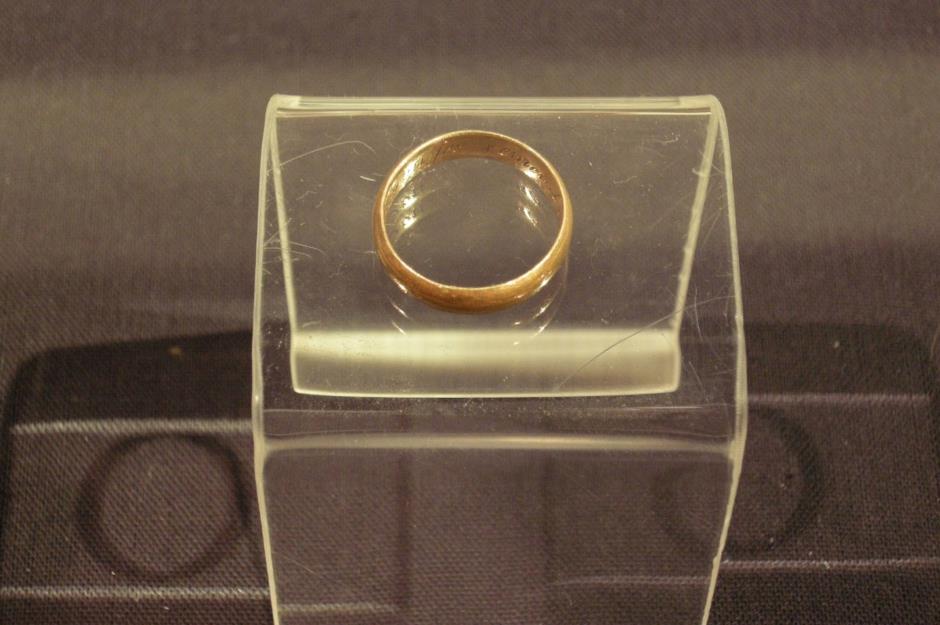
The pottery was found to contain 52 gold and 539 silver coins dating from the English Civil War, as well as a gold ring inscribed with the phrase "When this you see, remember me". The 17th-century coins and ring are thought to have been buried by Royalist supporters.
The Ackworth Hoard
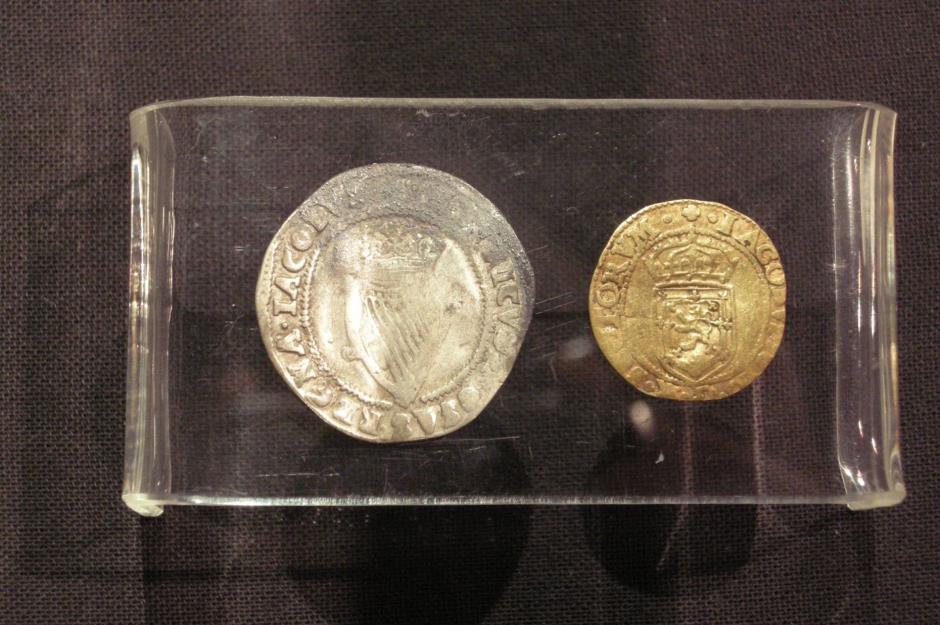
One of the most intriguing archaeological finds in the area, the hoard was declared treasure and valued at £54,492 ($72.1k). It was eventually acquired by Wakefield City Council with lottery funding and donated to the Pontefract Museum, where it's on permanent display.
A Roman sarcophagus
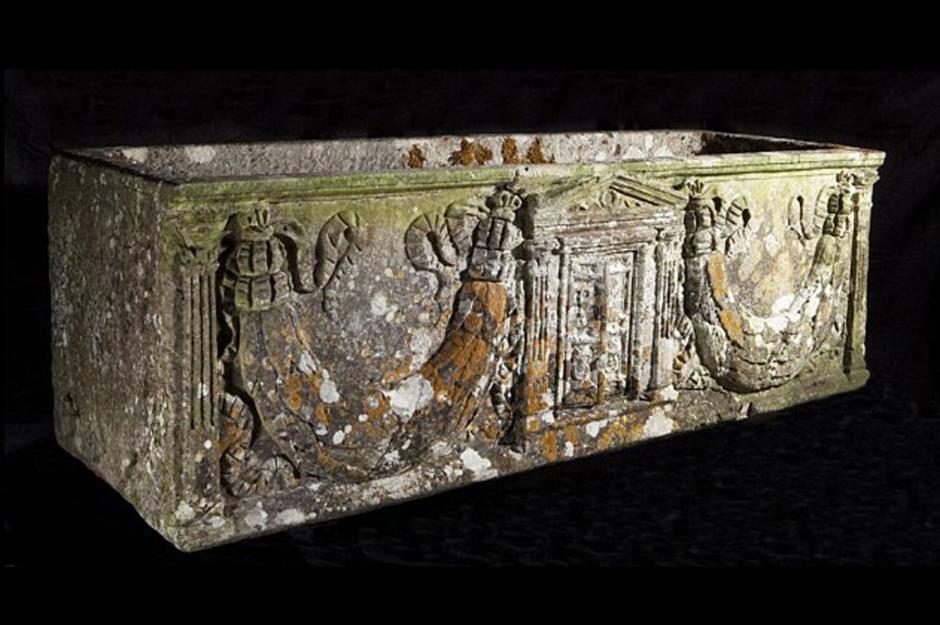
In September 2012, antiques dealer Guy Schwinge of Duke's auction house was clearing out a crumbling mansion in Dorset, England when he spotted what he at first thought was an old trough covered in overgrown weeds hidden away in a dark corner of the garden.
A Roman sarcophagus
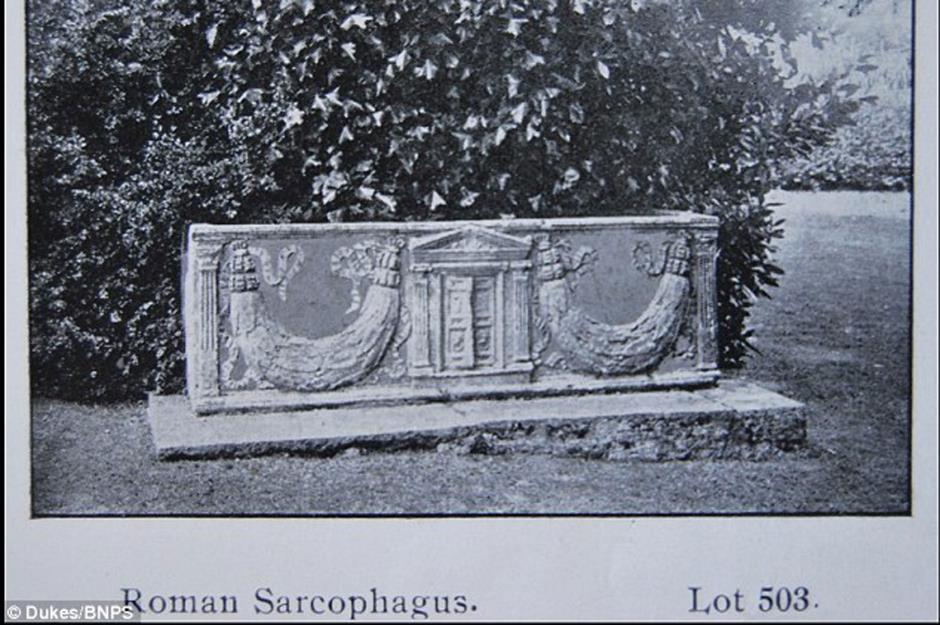
On closer inspection, Schwinge realised the trough was in fact a beautifully carved Roman sarcophagus in solid marble. The artefact, which dates from the second century, was acquired by the family who owned the old house back in 1913 and forgotten about over the years.
A Roman sarcophagus
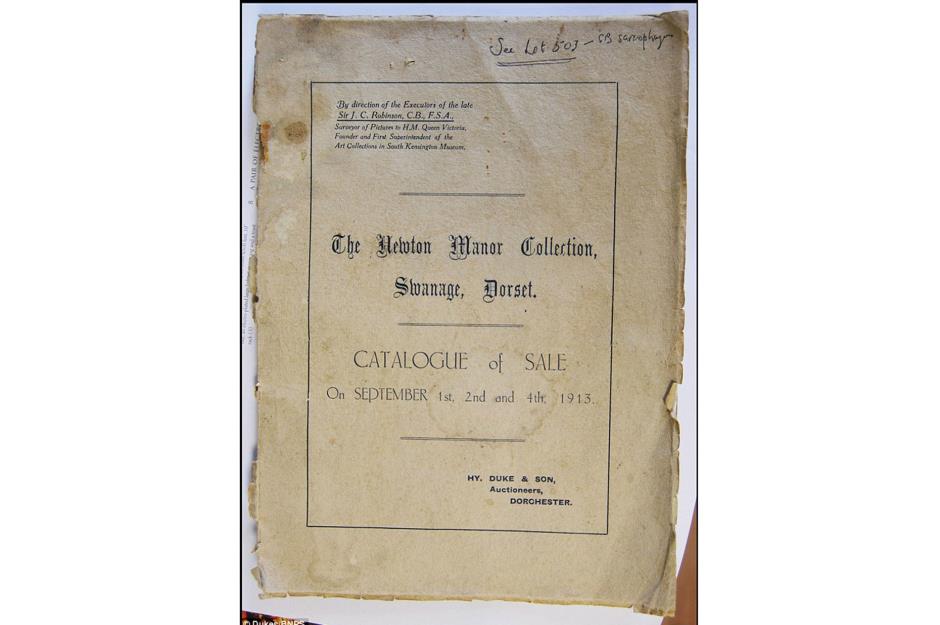
Schwinge managed to locate the original sales catalogue with details of the purchase. The ancient stone coffin was put up for auction in October 2012 and fetched a tidy £96,000 ($127k).
A Roman villa

You may think finding a Roman stone coffin in your back garden is impressive enough, but imagine coming across the ruins of an entire Roman villa. In April 2016, Luke Irwin discovered the well-preserved ruins of a third-century villa in his garden in Wiltshire, England.
A Roman villa
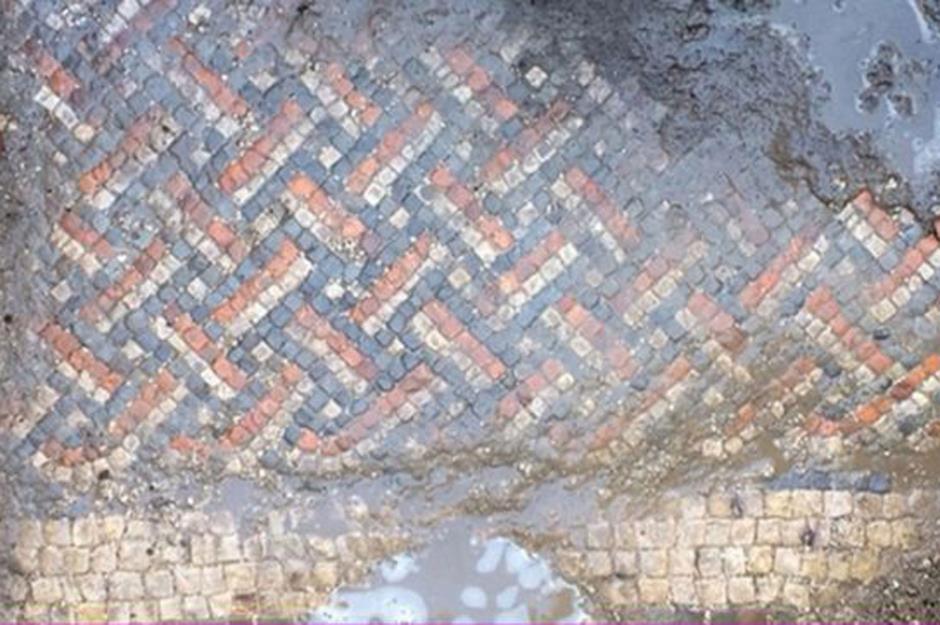
The carpet designer was digging up his garden to install an electricity cable when he uncovered a colourful mosaic. He took a photo of the mosaic and sent it to the local council, which deployed a team of archaeologists to the site the following day.
A Roman villa
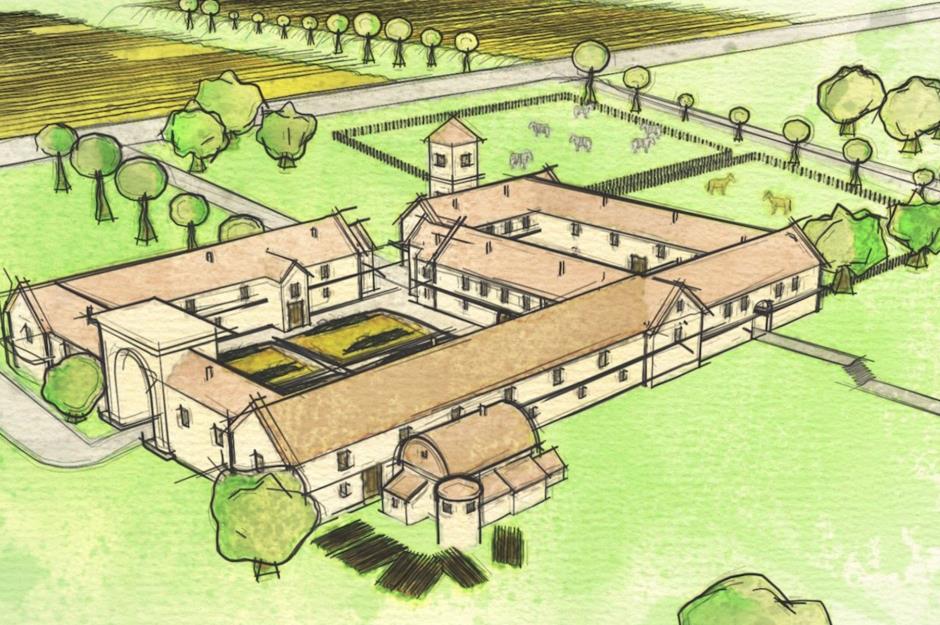
The experts worked on the dig for eight days, revealing a sumptuous, relatively well-preserved Roman villa (this is an artist's impression of what it might have looked like), which they declared one of the most important and largest of its kind in the whole of England.
The Wiener Neustadt Hoard
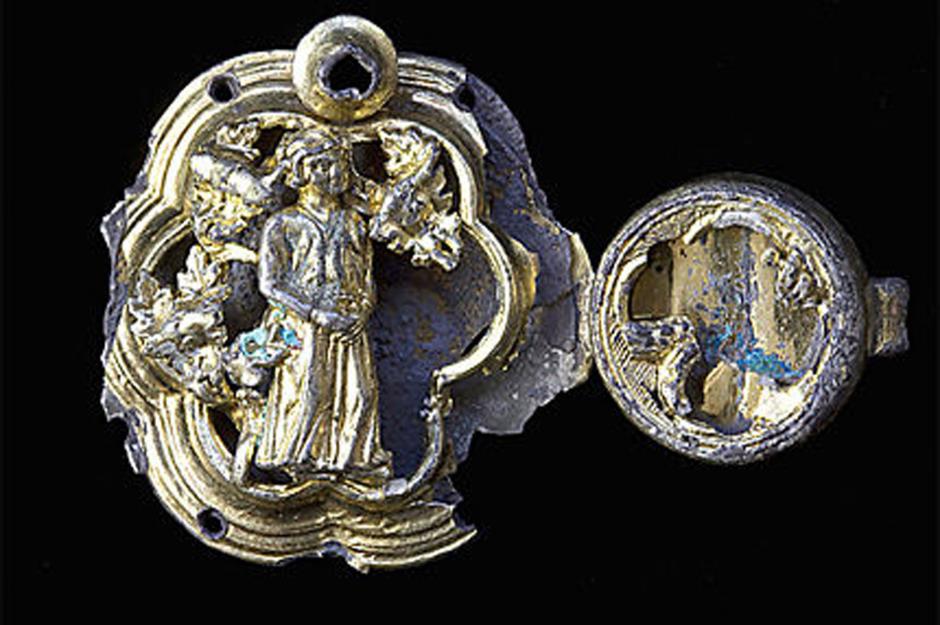
Another gardener with gold rather than green fingers, Andreas K. from Wiener Neustadt in Austria was digging in his backyard one afternoon in 2007 and chanced upon a sensational stash of treasure.
The Wiener Neustadt Hoard

The haul comprised a total of 200 pieces of fine jewellery, including gemstone-studded gold rings, pearl-encrusted brooches, and intricately ornate belt buckles dating back 650 years.
The Wiener Neustadt Hoard
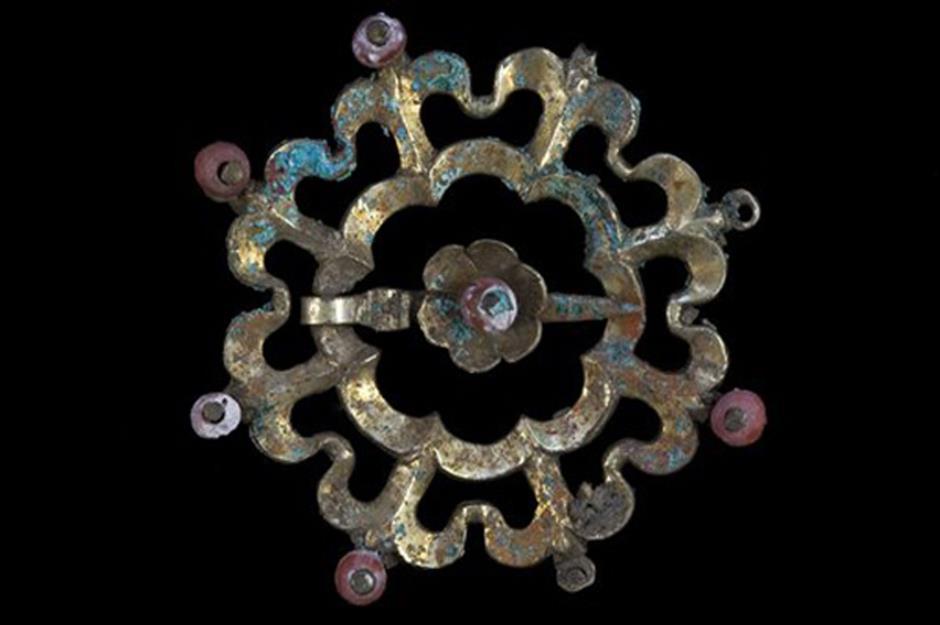
Andreas sat on his find for several years, believing it wasn't worth much, but decided to report it to the Austrian authorities in April 2011. Lauded by experts, the haul was valued in excess of $120,000 (£90.6k). But, rather than auction it off and pocket the proceeds, Andreas donated the lot to a local museum.
The Saddle Ridge Hoard
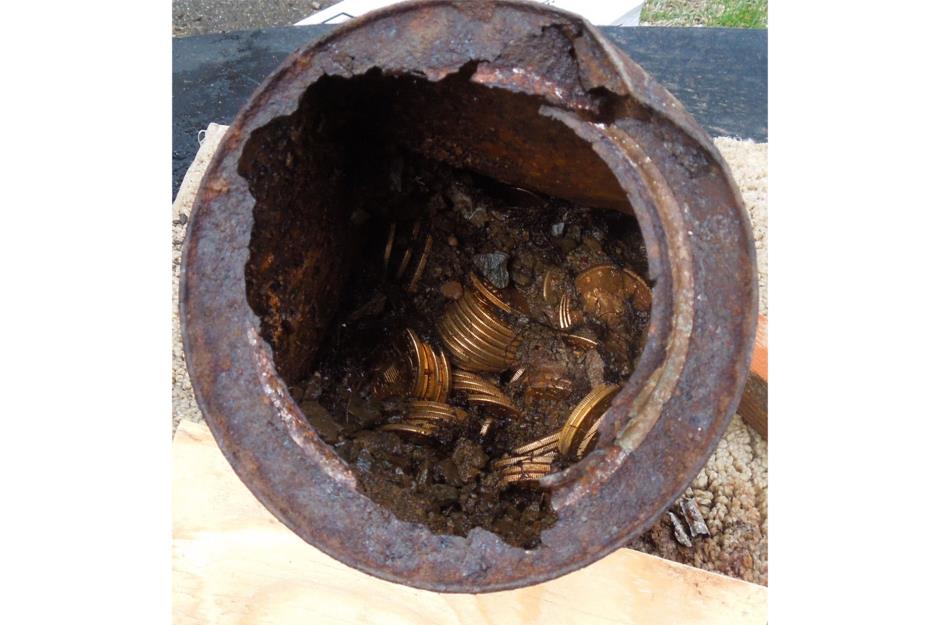
A North Californian couple, who have wisely chosen to remain anonymous, stumbled upon a stash of more than 1,400 gold coins buried on their land in the Sierra Nevada Gold Country back in February 2014.
The Saddle Ridge Hoard
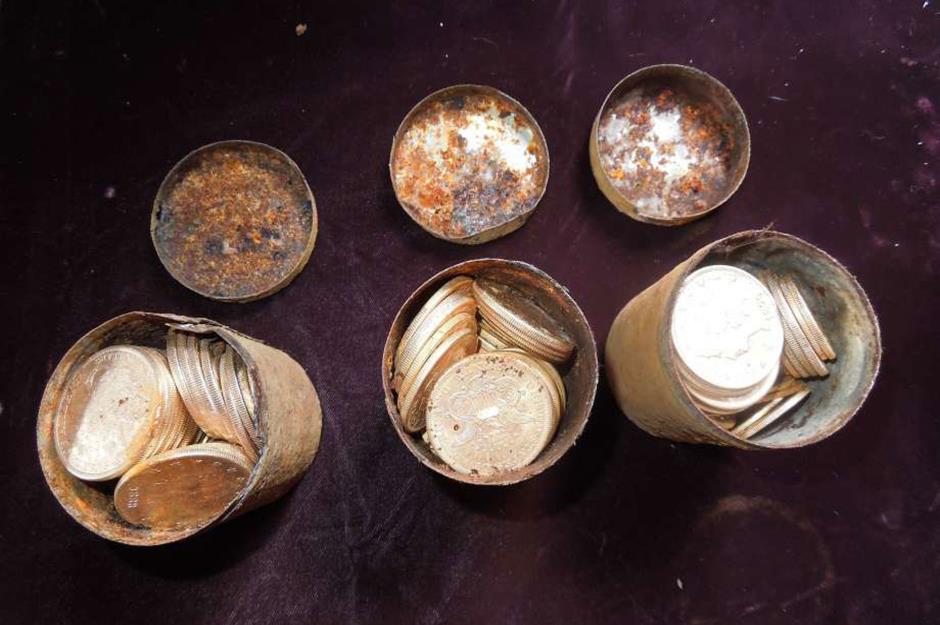
The couple noticed a rusty old can protruding from the ground near the trunk of a tree and returned to the spot with a shovel. They eventually unearthed eight cans packed with mint-condition 19th-century gold coins.
The Saddle Ridge Hoard

The lucky pair got to keep the haul, which has since been dubbed 'the Saddle Ridge Hoard', and promptly put the bulk of it up for auction with Kagin's, which valued the discovery at a cool $10 million (£7.6m). Unsurprisingly, the couple have made millions of dollars selling off the coins.
The Tudor Hoard
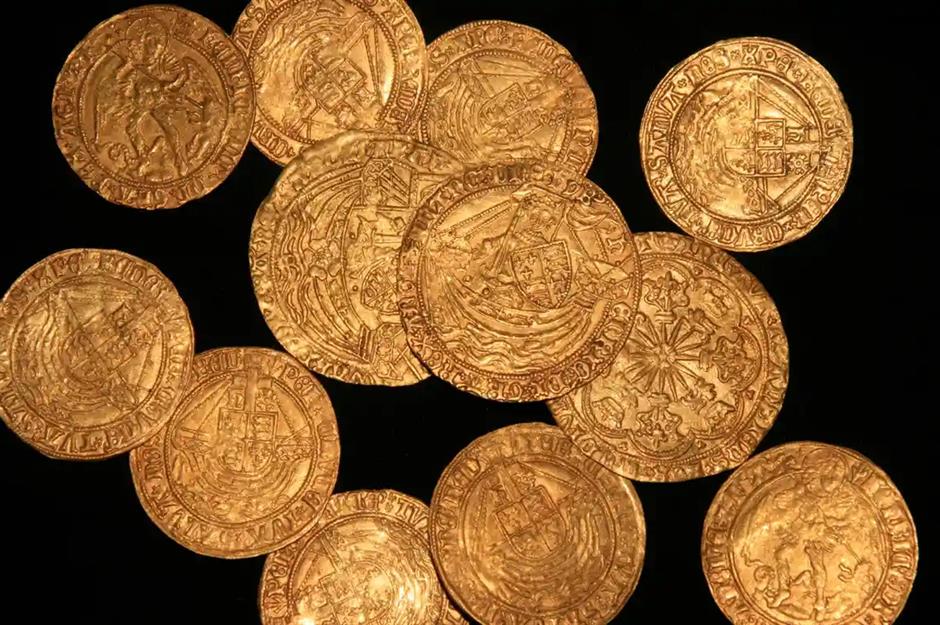
In 2020, a family weeding their garden in the New Forest region of England got quite a shock when they unearthed a hoard of 64 Tudor coins. The stash of 63 gold coins and one silver coin date from the reigns of Edward IV and Henry VIII, and were minted over a period of 100 years.
The Tudor Hoard
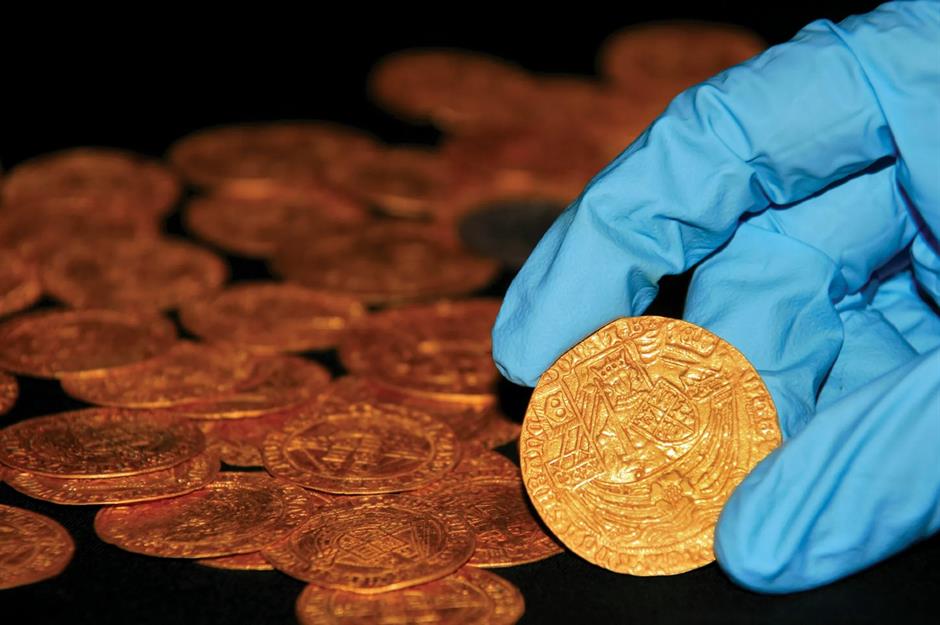
Four of the coins from Henry VIII’s reign bear the initials of his first three wives: Catherine of Aragon, Anne Boleyn, and Jane Seymour. Experts believe the coins were used as currency in the late 15th to early 16th century, before being stashed away, potentially by a priest.
The Tudor Hoard

In Tudor times, the coins had a value of £24, the equivalent of around £14,000 ($18.5k) in today's money. However, they’re now considered priceless artefacts.
The South African Krugerrand hoard
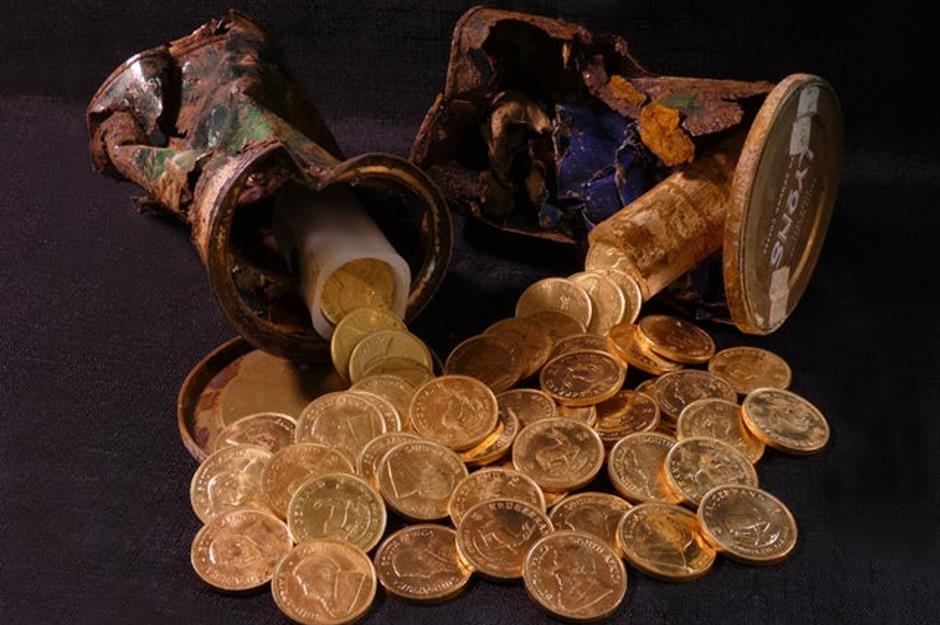
Also in 2020, a rare hoard of 50 modern South African Krugerrand 1 oz solid gold coins was stumbled upon in a garden in Milton Keynes, England.
The South African Krugerrand hoard
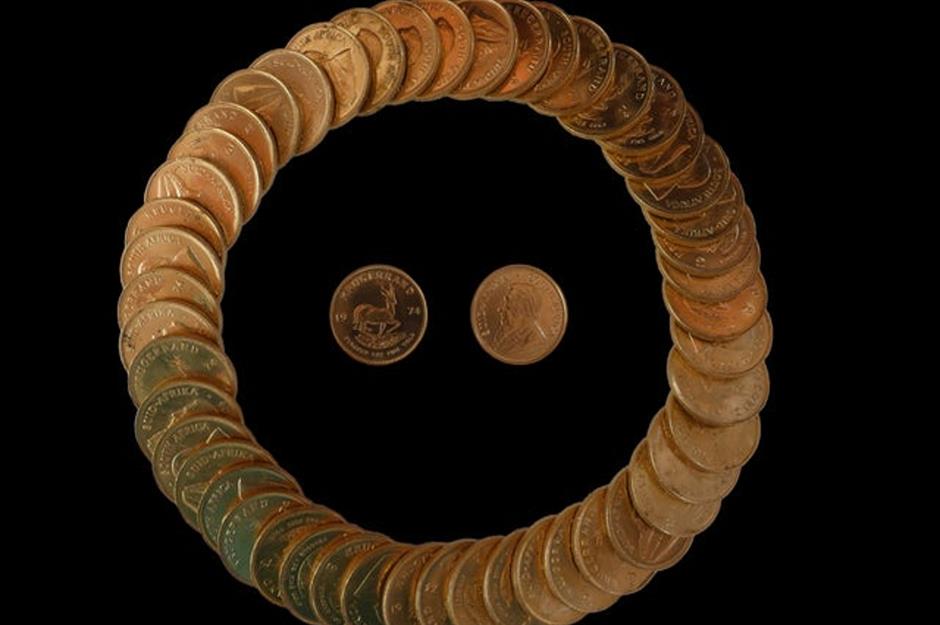
The coins were minted in 22 carat gold by the Rand Refinery in Germiston, South Africa in the 1970s during the apartheid period. How they ended up in Milton Keynes remains a mystery.
The South African Krugerrand hoard
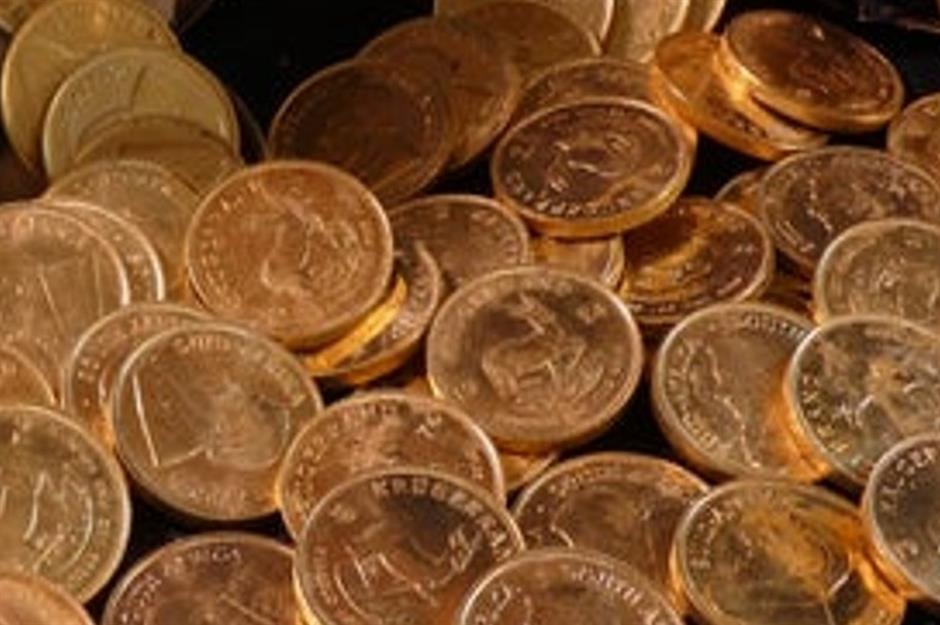
It’s estimated that each coin is worth between £1,500 ($2k) and £2,000 ($2.6k). The fate of the coin trove currently remains unknown. It's unclear if they were declared treasure, though The British Museum has attempted to track down the original owner or heirs.
Updated by Alice Cattley
Now discover the most valuable metal detector finds in history
Comments
Be the first to comment
Do you want to comment on this article? You need to be signed in for this feature